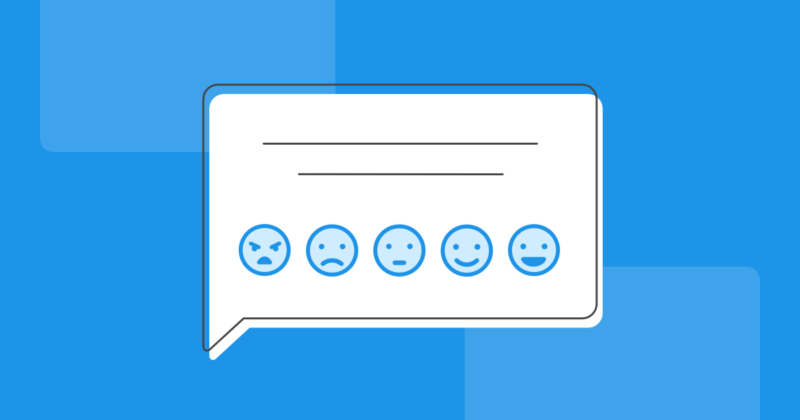The effects of website outages on customer satisfaction and loyalty are profound. In todays digital world, customers rely heavily on websites for their day-to-day activities – from conducting business to making purchases. When these websites go down, it can cause major disruption in the lives of customers and lead to decreased customer satisfaction and loyalty.
This article will explore how website outages affect customer satisfaction and loyalty, as well as strategies businesses can use to minimize the impact of any outages they experience. By understanding the consequences of site not working and learning how to manage them effectively, businesses can ensure that their customers remain satisfied even when an outage occurs.
Causes of Website Outages

Many website outages occur due to a variety of reasons, ranging from technical issues to an overabundance of traffic. In some cases, the root cause can be traced back to human error or malicious activity. For example, if someone hacks into the system and makes changes that disrupt operations or causes errors in code, it can lead to downtime.
Other common causes include server maintenance, hardware failure or outdated software. Additionally, overloaded servers due to too many visitors accessing the site at once may also trigger an outage. Furthermore, power surges or natural disasters such as floods and earthquakes could potentially result in a disruption of service for extended periods of time. Lastly, slow response times caused by inadequate bandwidth may increase page loading times significantly and result in customer dissatisfaction with the user experience on the website.
Impact on Customer Satisfaction and Loyalty
Website outages can have a significant and immediate impact on customer satisfaction and loyalty. Consumers are affected by the inability to access information, services or products that they desire from an organizations website. This disruption of service leads to frustration and creates a negative image in the minds of customers regarding the company’s reliability, trustworthiness and overall commitment to providing quality service.
Customers expect websites to be available at all times, day or night, so when outages occur this expectation is not being met which causes dissatisfaction with their experience. It also reduces their confidence in the company’s ability to consistently provide high-quality service as well as creating distrust due to lack of accountability for the outage itself. The resulting dissatisfaction can lead customers away from an organization if it is clearly seen that outages are becoming more frequent without any resolution or explanation provided by the company.
The ensuing effect on customer loyalty depends on how quickly companies respond and address these issues after an outage has occurred. If organizations take proactive steps such as informing customers about any upcoming website maintenance then it may help reduce any negative feelings associated with unexpected downtime events. Additionally offering compensation for lost time during unplanned outages could also improve customer satisfaction levels while helping maintain trust between them and their chosen business partner over time.
Strategies for Minimizing Website Outages

The importance of having a website that is reliable and available cannot be understated. Website outages can cause customer dissatisfaction, lost sales and revenue, as well as damaged reputations. In order to prevent this from happening, there are several strategies for minimizing website outages. First and foremost, it is important to have a proactive strategy in place when it comes to managing website uptime and availability.
This means that preventive measures should be taken on an ongoing basis such as monitoring the performance of web servers, regularly testing the site’s functionality across multiple browsers and devices, keeping up with software updates, implementing redundancies in case of hardware failure or power loss, and ensuring sufficient bandwidth capacity for peak times. It is also essential to have an emergency response plan in place for if/when a website outage does occur. This includes designating personnel responsible for troubleshooting issues quickly so the system can be restored back online before customers experience disruptions for too long.
Additionally businesses should consider using cloud-based hosting solutions which provide greater flexibility during unexpected periods of high demand and allow websites to scale up quickly without needing additional resources upfront. Finally businesses should carefully assess their third party dependencies such as payment processors or server hosts since these could be potential sources of downtime if they become unresponsive or overloaded with requests due to other sites experiencing heavy traffic loads at certain times throughout the day or week (e.g., Black Friday). Taking all these steps will help ensure that customers continue receiving uninterrupted service even during periods where demand may unexpectedly spike beyond normal levels


